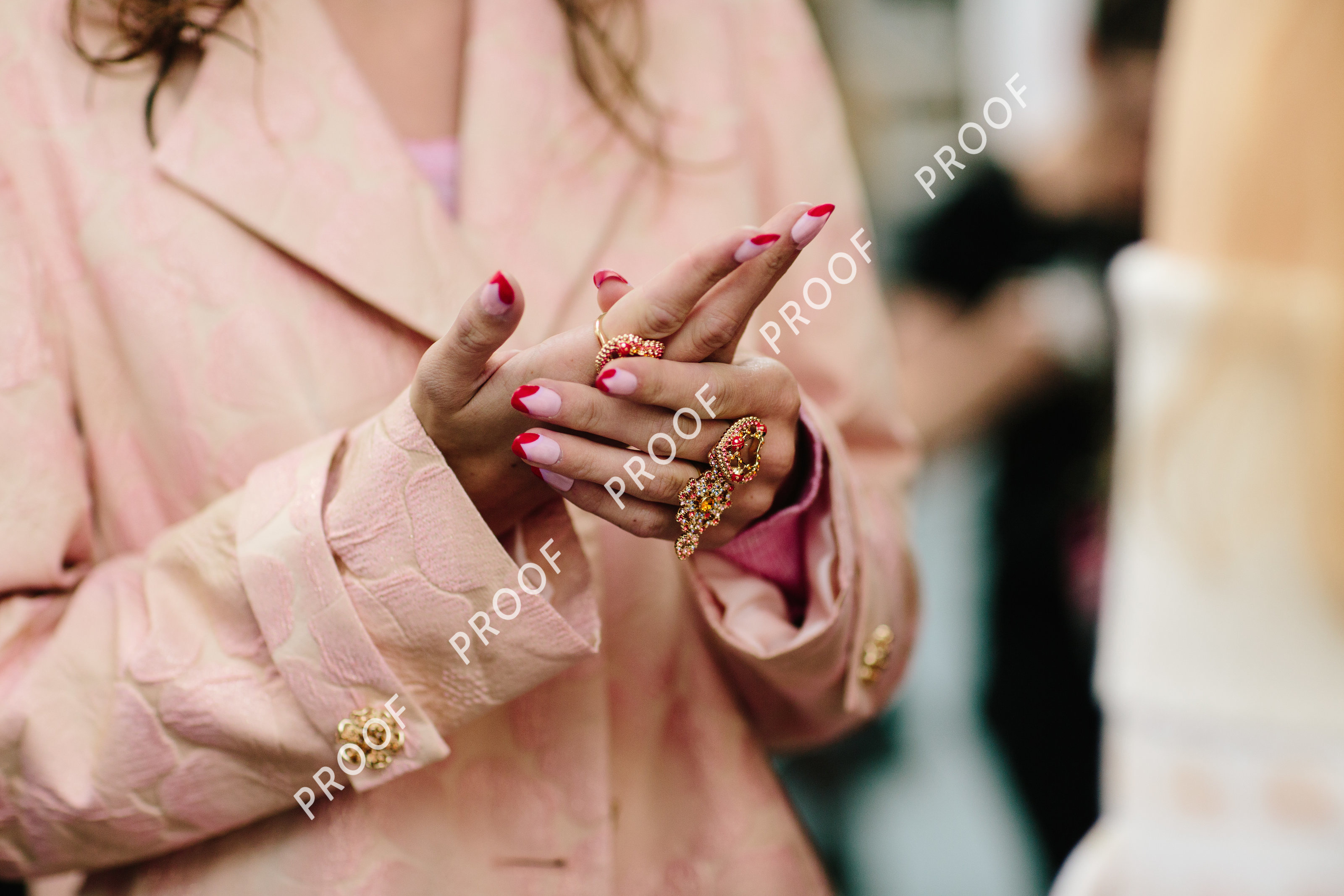Watermarks - Watermarks
DPG allows you to automatically watermark images by applying an overlay to any image profile. You can add as many different overlays as you need and use them for different purposes.


Overlay files should be in PNG format and can contain transparent or semi-transparent areas. We recommend that the overlay be at least 2048px wide, so you can be sure it will look great even on large image versions. Larger is always better than smaller, as DPG can scale the image down to fit the area needed.
Overlays work on all image types including animated GIF files.
Example site
You can see examples of watermarks in action here
Sample file
This is a sample overlay file that you can use for testing. Just upload it to your account and follow the steps below.
Steps
Upload your watermark image to the assets set of your website, making sure to give the image a title so that it's easy to identify. Update the relevant image profiles in your website gallery set with the overlay settings you would like.If you are just starting out we'd recommend you use these settings:
- Overlay source: Your Watermark
- Overlay scale: 10%
- Overlay position: bottom right
- Overlay offset x: 50
- Overlay offset y: 50
You can preview how your watermark looks on each version on the image review screen.